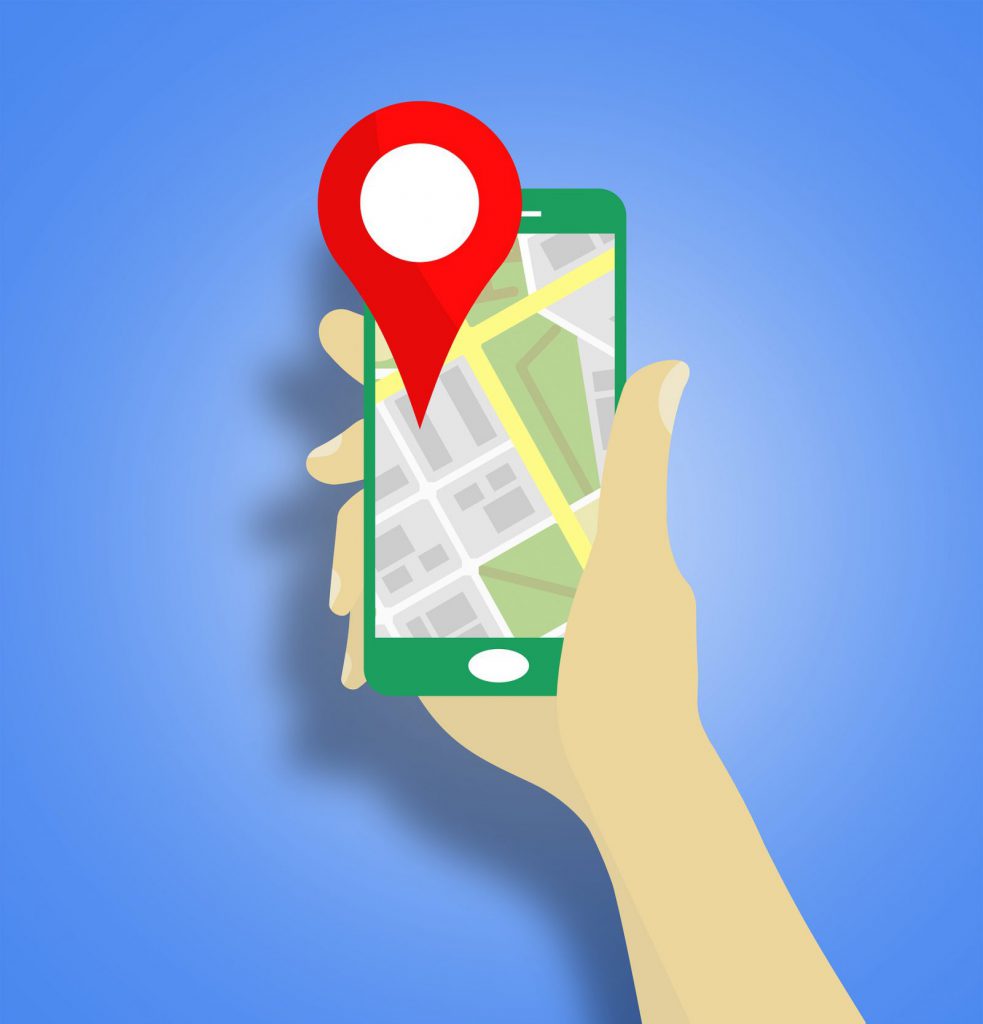Improve your online sales ratios with Google Places Autocomplete
The retail industry is changing constantly, and in the minds of nearly all entrepreneurs, there is one obvious idea: provide customers with an omni-channel experience to adapt to the growing e-commerce market.

The latest Total Retail 2017 study by PricewaterhouseCoopers (PwC), which is based on surveys of more than 24,000 consumers in 29 countries (more than 1,000 in Spain), reveals that the percentage of Spanish consumers shopping online, at least once a week, has increased from 19% to 27%; while those that shop online at least once a month, has risen from 48% to 58%. On the other hand, the percentage of Spanish people who physically go to shops at least once a week has fallen from 66% to 45%, although shopping in traditional stores is still the preferred option.
While in-store sales may appear to be in decline, there is an interesting diagram in the study that shows a rise sale through this channel, which declined in the 2014 and 2015 and then increased again in 2016 and 2017, although without reaching the level achieved in 2013.
Therefore, being sure of the availability of a particular product in associated stores, the immediate availability of a product, personalised offers, or the very atmosphere inside the store are aspects that still motivate people to visit traditional shops. Furthermore, click & collect, click & car or free in-store returns are encouraging us to visit the stores to deal with the items purchased.
Half-way between traditional and online shopping, we find click & collect, click & car or free in-store return options. In both cases, geo-positioning is essential, as we explained in our post about the benefits associated with the positioning.
How can Google Places Autocomplete help you?
But what is the real obstacle to the further growth of online sales? A study by the Baymard Institute on UX (User Experience), specifically titled Checkout Usability found that 68.53% of customers will not confirm a purchase due to the number of steps they need to complete. Among the causes, a key element is the address form.
This is precisely one of the steps in the purchasing or service procurement process that could be improved substantially if we applied the tools that Google places at our disposal. Pick-up or delivery address, billing address…
This problem is most pronounced when using a smartphone, which does not have a comfortable keyboard for typing. However, you do have GPS. And, on the other hand, you can use the GPS to establish your location…
Consequently, making the most of the potential of the GPS, the Google API known as Autocomplete for addresses and search terms (Google Places Autocomplete) may be a key element as it can have a positive impact on the conversion rate when requesting the collection or home delivery of an item because it reduces the number of clicks required in the process.
It is as simple as starting to write your address in the box and a quick query to Google will result in the rest of the data being filled in. Once we have accepted the address, we shall see a small box with a part of the map to confirm that everything is correct.
How can this benefit us?
Well, there will be fewer errors and steps to complete. Using the GPS of a mobile device is time-saving (the check-out process can be up to 64% faster) and the most important aspect is the following: It reduces the shopping cart abandonment rate by between 3% and 5%.
What if you needed an advanced logistics solution?
Google Maps, in addition to the positioning service and the immediate query of your database, can help you with logistics, providing efficient calculations on delivery routes, combining real-time information on incidents and traffic.
If you would like to know more about any of these features to improve the usability of your online services, please contact us without obligation. At Intelligence Partner we are experts in their use as business solutions.


